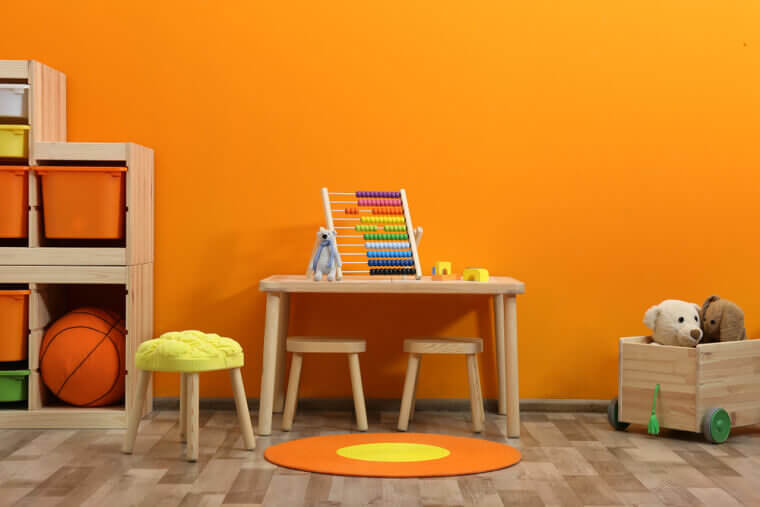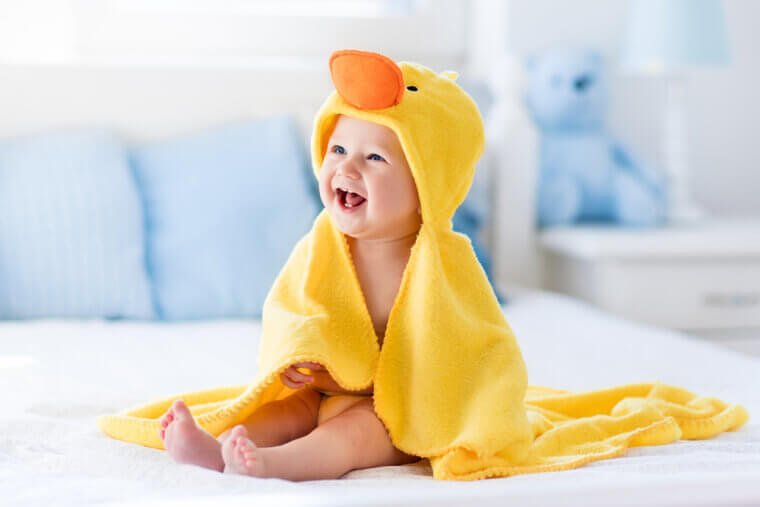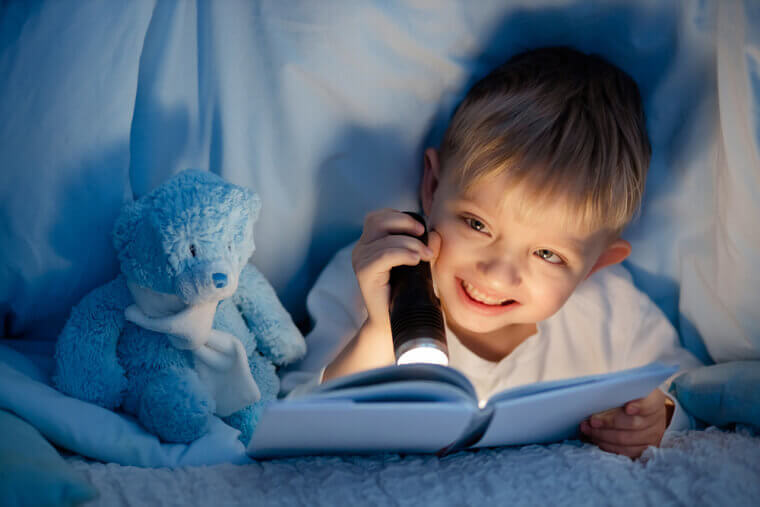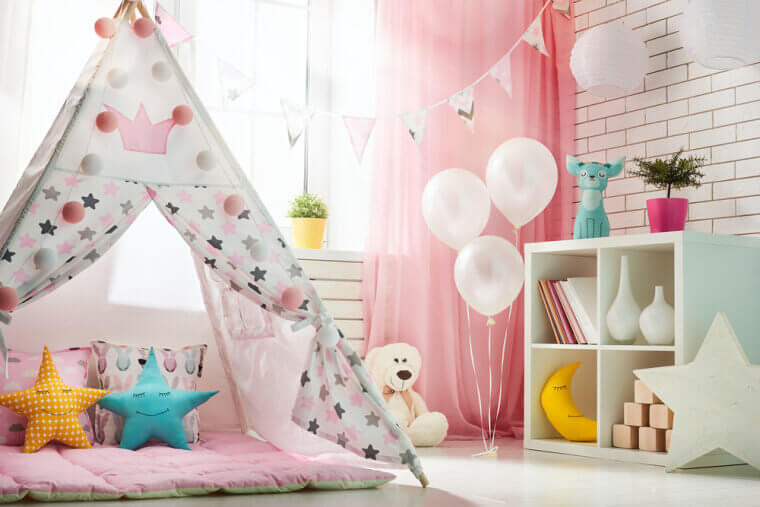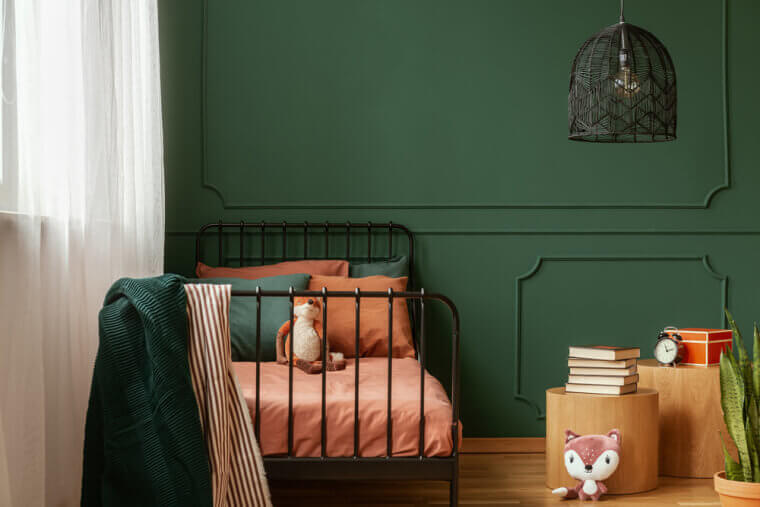1. Red
Red is a very vibrant shade, even if it has a muted tone. While red can make children feel full of energy, it may not be the positive kind. Red is associated with anger, and in children that can lead to aggressive behavior at school and at home. For children that already have a lot of energy, red is likely not a good color choice as it will only stimulate them more.
2. Orange
While you might think orange is on par with red, this is actually not the case. Orange does not create the same emotions or aggressive behavior that red does. In reality, it creates a feeling of warmth and friendliness that is good for children that may be more introverted. It can also create a feeling of confidence, which in turn may lead to more extroverted tendencies. This can help children feel more secure when it comes to making friends.
3. Yellow
Yellow has been a color used by a lot of parents over the years, and there is a good reason for this. As a whole, yellow makes children and adults feel happy. If you want a slightly different set of feelings to occur, then use a more muted shade of yellow. Muted yellows have been shown to help children focus, which is good when it comes to school work and reading. Brighter yellows can be overwhelming, so be aware that the more 'yellow' a yellow is, the less of a calming effect it will likely have.
4. Blue
Blue might just be one of the best colors to paint a child's room because it creates a very soothing effect. If children are prone to angry outbursts, or screaming tantrums, then being in a blue room might really help calm them down. Blue works on the entire body, from the mind right down to blood pressure. Blood pressure should lower, and a child should feel more relaxed in a blue room overall.
5. Purple
Purple is a color that has always been associated with royalty historically. When it comes to wall paint though, purple creates some different feelings rather than a feeling of being a royal. When it comes to rooms, purple walls can make a child more introspective, and in touch with some of their more complex emotions. For children that are very sensitive and empathetic, purple walls may make them feel emotions even more deeply. This can be overwhelming, so an accent pillow or piece of furniture might be better.
6. Pink
Bright pink rooms can be exciting at first, but over time the color can become a bit overbearing. In general, pink creates a feeling of calm, but this tends to be better associated with a pastel or light pink. Fuschias and magentas are better as accent colors rather than as a wall color. If you want to incorporate pink into your child's room it would be best to choose a bedspread in the color, rather than the whole room. Pink is a color that a lot of kids grow out of after a few years.
7. Green
Green is a color most people associate with hospitals, and there is a very good reason for that. Green, especially mint or light greens, create a feeling of calm which is what you want patients to feel. The same can be said for children. Kids that need a soothing atmosphere are the ones that need a green room.


